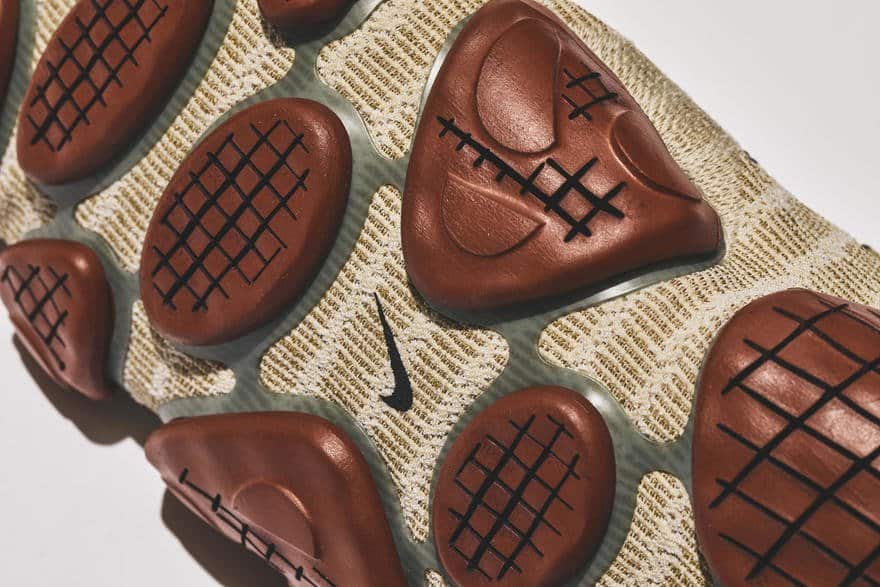Back in 2004, the designer Marc Newson and Nike created Zvezdochka, a revolutionary sneaker with four interchangeable parts. Yes sir: the external upper, the sole, the internal part and the insole were all user replaceable.
At the time it was an aesthetic solution, but today Nike's ISPA (Improvise; Scavenge; Protect; Adapt) design team has revisited the concept of the “glue-free” shoe in the name of sustainability.

No glue
The circular design concept of “disassembly,” the ability to simply disassemble a product to recycle its components, has been one of the most difficult principles to apply to shoe manufacturing.
A good shoe is flexible and resistant: to obtain it, generally a good shoe is full of adhesives that make it impossible to disassemble and recycle. It's up to shred it, with an energy-intensive process (which also limits the way in which recycled materials can be used).
A “dismountable” shoe would reduce the carbon footprint of the product and open up new possibilities for its life cycle.
Twin birth
The ISPA team has designed two new models: ISPA Link and ISPA Link Axis, both far ahead of the "old" Zvezdochka.
ISPA Link

It is equipped with three interlocking modules, connected without glue, which can be disassembled and delivered to Nike stores that offer the recycling service.
More than a shoe, it is a game of joints: the midsole is made up of pegs that fit into pre-drilled holes in the upper. 40 athletes who spent around 200 hours on the prototype say that it guarantees an exceptional, comfortable, stable and breathable fit.
A shoe made without glue also offers advantages in production. “A pair of Links takes approximately 8 minutes to assemble, a fraction of the average time needed for a traditional sneaker. Without the long gluing process the time is significantly reduced. Not to mention the absence of energy-intensive processes such as cooling, heating systems and conveyor belts.

The Link Axis goes even further

Its 100% recycled polyester upper is precision engineered to fit the outsole (no cutting and sewing method used for the Link), and its manufacturing was achieved using airbag waste materials.
“Designed in collaboration with digital product engineering, creation and development, these shoes are completely informed by the manufacturing method – it's truly a case of form follows function,” says Darryl Matthews, VP, Catalyst Footwear Product Design . “Our hope is that these ideas and aesthetics become normalized, accelerating our ability to imagine how shoes will continue to evolve in the future.”


The ISPA Link will debut in June, while the ISPA Link Axis is expected in 2023.
How to mentioned here, plastic recycling is essentially failing. In Europe it is in bad shape, in the USA it is even catastrophic. To reverse the trend, companies need to take a step forward: not only by designing their products for disassembly, but also by taking responsibility for recycling them.


